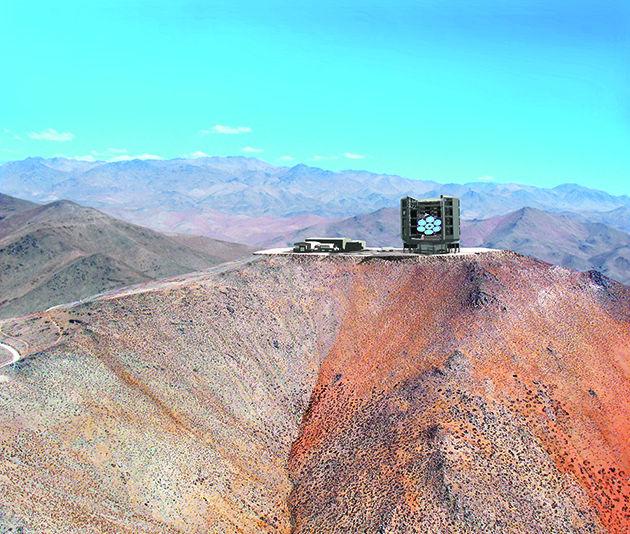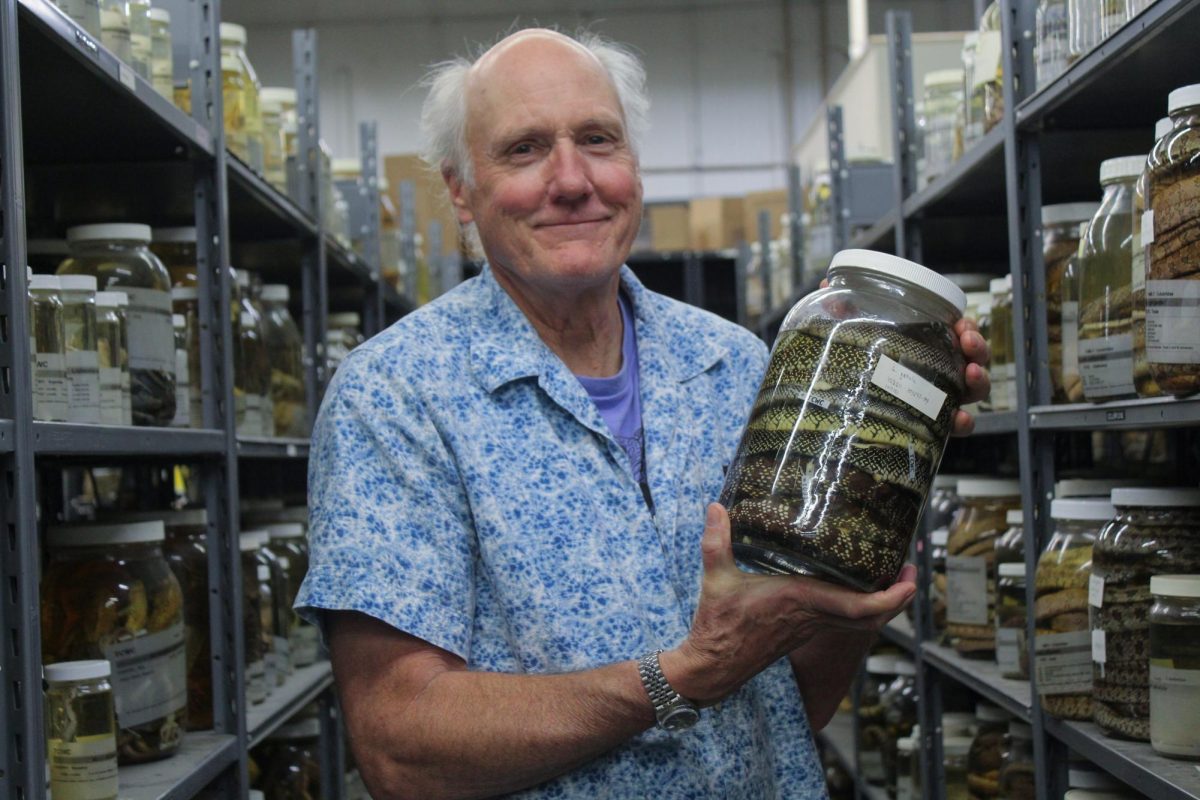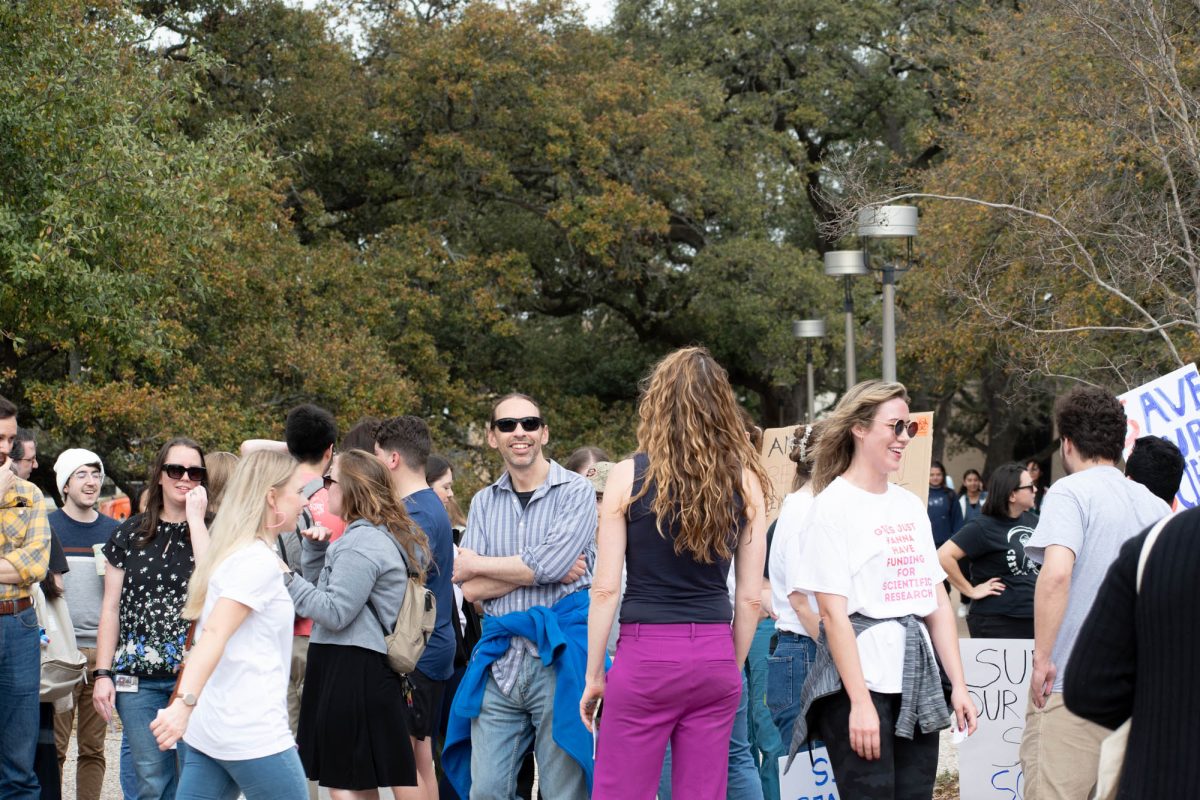Texas is one step closer to the forefront of astronomy after the world’s largest telescope took major steps toward construction this summer.
The Giant Magellan Telescope is a project between 11 international partners, including Texas A&M and UT Austin, to build an observatory in Chile capable of producing images 10 times sharper than the Hubble Space Telescope. The University of Sao Paulo in Brazil is the most recent partner to join the effort after announcing a $40 million commitment this summer, while further ground tests of the planned telescope location yielded positive results.
The GMT and the University of Sao Paulo announced their new partnership July 22. Patrick McCarthy, GMT director, said Sao Paulo is supported by the Sao Paulo Research Foundation, which approved $40 million toward telescope membership. Sao Paulo intends to eventually contribute 5 percent of the telescope’s cost — the same planned contribution as Texas A&M. The GMT is estimated to cost about $860 million in today’s currency with inflation.
“The hope and expectation is that all Brazilian astronomers will have access [to the GMT],” McCarthy said.
The summer’s financial success was matched with good news from the Chilean construction site. McCarthy said results from a spring geological survey showed that the telescope’s planned location had no ground faults and would hold the foundation well.
“[We] found out that there are no faults, no voids, no caves — it really is a very solid place to put a telescope,” McCarthy said. “That’s a critical thing you have to do before you finalize all the construction drawings.”
Although the GMT’s board has not officially declared construction plans, preparations have already begun. Housing and infrastructure for 200 construction workers are going up with an eye toward breaking ground on the telescope by June 2015, McCarthy said.
According to the GMT organization, Texas A&M has raised $28.1 million of its planned contribution. H. Joseph Newton, dean of the college of science and GMT board member, said much of A&M’s current commitment comes from the late George P. Mitchell, a philanthropic A&M alumnus who died last year.
Newton said the involved Texas institutions are both working to raise their committed funds.
“Currently the University of Texas at Austin and Texas A&M are each finishing efforts to reach a 5-percent share in the GMT,” Newton said. “This will make the state of Texas a very important part of the project and will allow our astronomers to be at the forefront of the discoveries that will be made at ‘first light’ in 2020 or so.”
UT Austin committed $50 million to the telescope in March 2014, and there are plans to boost that number to $100 million before the telescope is built. Taft Armandroff, director of UT’s McDonald observatory and GMT board member, said further contributions would come from private fundraising.
“We have embarked upon a private fundraising campaign for a second $50 million so that the total UT contribution would be $100 million if the philanthropic community is willing, and we’ve gotten some gifts in, so we’re making progress,” Armandroff said.
McCarthy said the summer’s financial success means the telescope is now likely to avoid costly delays in construction — a threat that was significant enough for some GMT members to question earlier this year whether the telescope would be the world’s largest after all, or if other scientific groups would beat them to the title.
“[We’re] confident that the partners have now committed enough funds to allow the project to be successful, to basically ensure it will be successful,” McCarthy said.
The GMT observatory will be the largest telescope ever because it consists of seven large mirrors several meters in diameter. Once combined, the mirrors form an 80-foot diameter optical surface.
McCarthy said installation and use of the seven mirrors is planned for completion in 2023, however the telescope may earn its “world’s largest” title a few years early. There are plans to install four of the mirrors in 2021. It won’t be complete, but it will already be larger than any current observatory.
“[Four mirrors are] equivalent to a 16-meter telescope,” McCarthy said. “We’ll go from 10 or 11 meters, the largest telescopes right now, to 16 meters. That’s a pretty big jump.”
World’s largest telescope’ project rumbles on after strong summer
September 8, 2014
0
Donate to The Battalion
$2065
$5000
Contributed
Our Goal
Your donation will support the student journalists of Texas A&M University - College Station. Your contribution will allow us to purchase equipment and cover our annual website hosting costs, in addition to paying freelance staffers for their work, travel costs for coverage and more!
More to Discover










